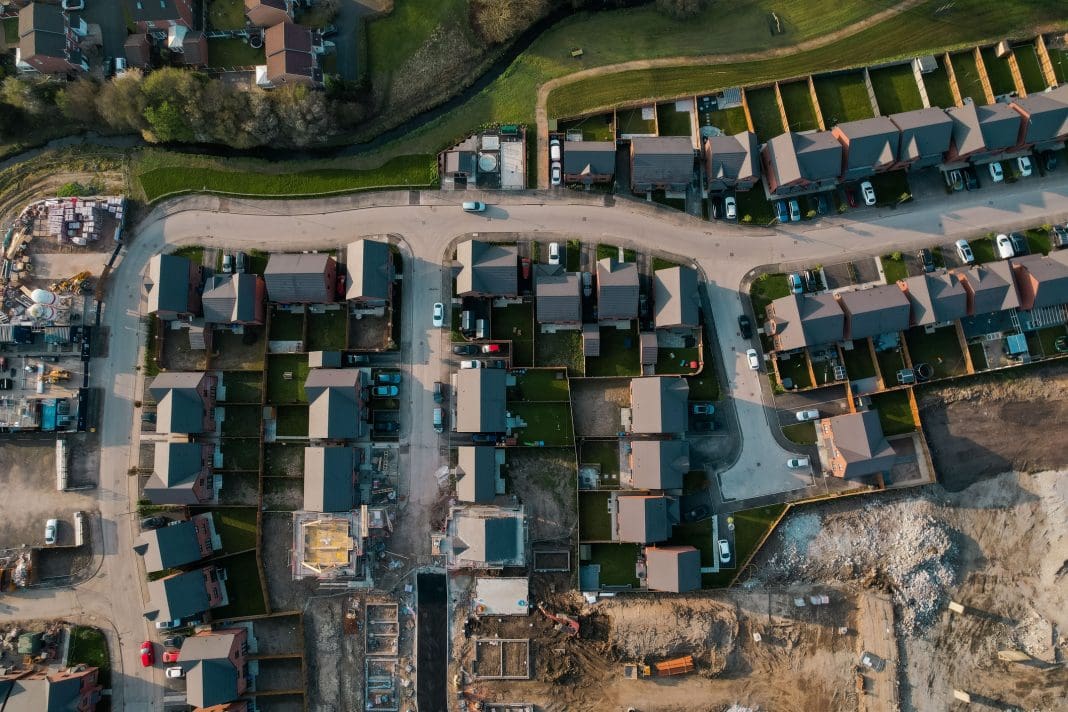Throughout this year, the number of homes available for affordable rent has grown significantly, contributing around 26,000 new homes to the sector
Providers have seen a growth of over 14,000 low-cost home ownership properties.
However, according to Regulator of Social Housing statistics, social rent homes have decreased by more than 6,000.
Data from private and local authority providers has also revealed that the housing sector in England has seen a net increase of nearly 34,000 social homes since 2022.
Local authorities saw a decline of around 9,000 social rent homes, but private registered providers constructed or acquired approximately 3,000 homes, partially offsetting this decline.
Demand for social housing has risen
This has led to an overall increase in demand for social rent homes by private registered providers, marking the increase since 2017.
For-profit organisations provided a substantial portion of these.
Private registered providers were responsible for constructing, purchasing, or acquiring most new homes in the sector, accounting for 87% of the total increase in affordable rent homes and 98% of low-cost home ownership properties.
The data shows that 83% of social homes in England are categorised as general needs, including social and affordable Rent, while supported housing makes up 11% and low-cost home ownership accounts for 6%.
Private providers also reported that 68% of homes had an energy efficiency certificate rating of EPC-C or higher, with 23% having an EPC-D rating.
Social rent costs continue to increase
Rents increased during the year, as expected. The average weekly net rent for general needs (social rent) rose by 4.1% between March 31, 2022, and March 31, 2023, adhering to the limit set for 2022/23.
The average weekly general need rent in England stood at £98.20. The lowest rents were found in the North East at £82.08, while the highest were in London at £121.09.
The data also revealed that sales, lettings, and evictions stabilised after several years of fluctuation following the coronavirus pandemic.
“Our statistics for 2022/23 show that the sector continues to build and acquire much-needed new social homes across the country,” commented Will Perry, director of strategy at RSH.
“These data are a really important reference point for registered providers and anyone who wants to understand the key trends in the sector over the past year. It is essential that providers continue to have good quality data to inform their strategic decision-making, especially around rents and the condition of homes,” he concluded.














